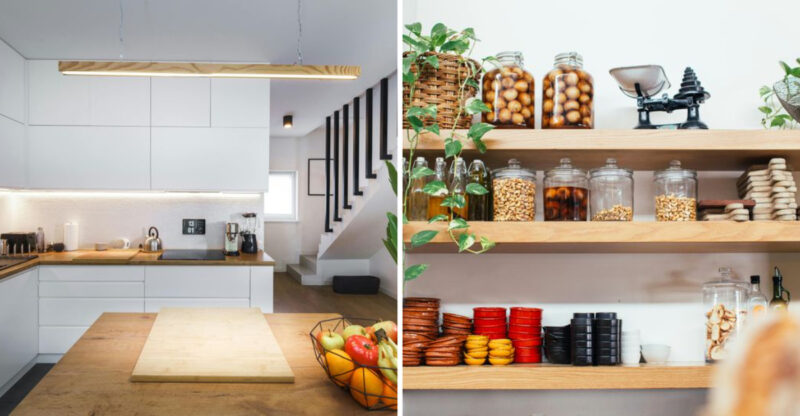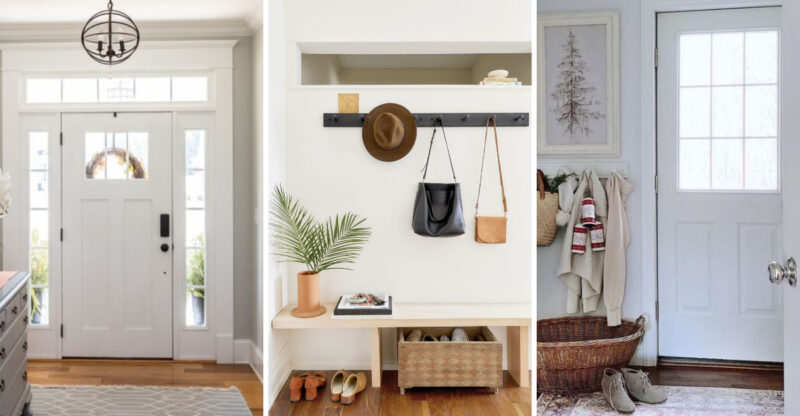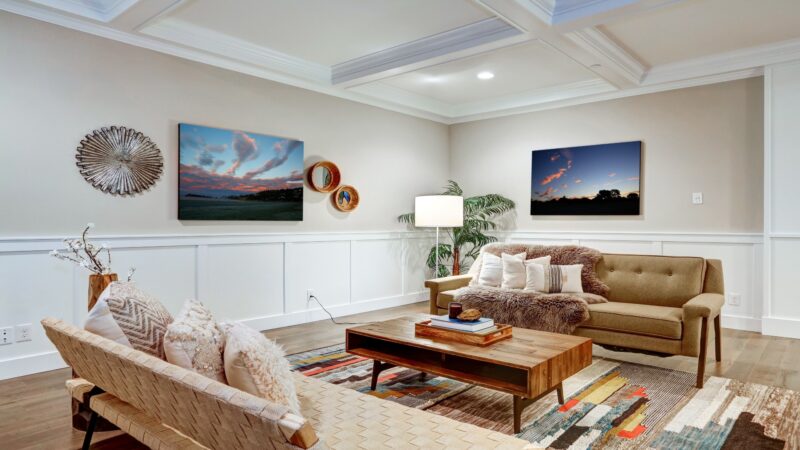22 Bedroom Traits That Could Make Buyers Hesitant
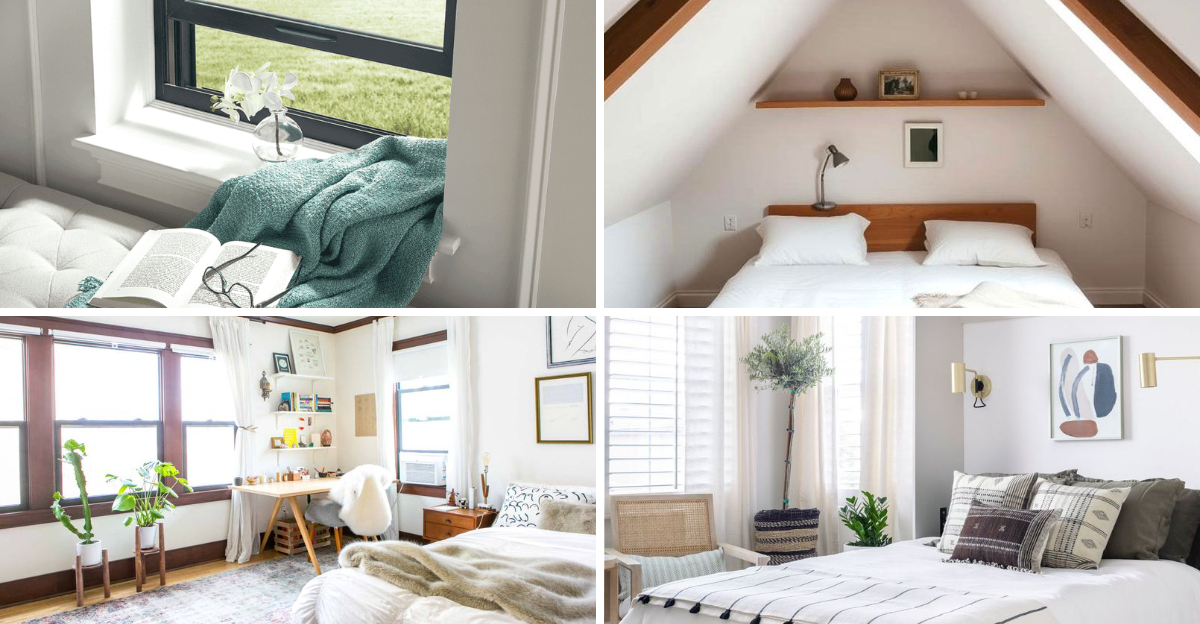
Selling your home can feel like preparing for the world’s pickiest houseguest. Buyers walk through bedrooms with eagle eyes, judging every detail from paint colors to weird smells.
I’m here to help you understand what might make them run for the hills so you can fix these issues before they even notice. Let’s explore the bedroom traits that could send potential buyers straight to the next listing!
1. Bold Or Unusual Décor
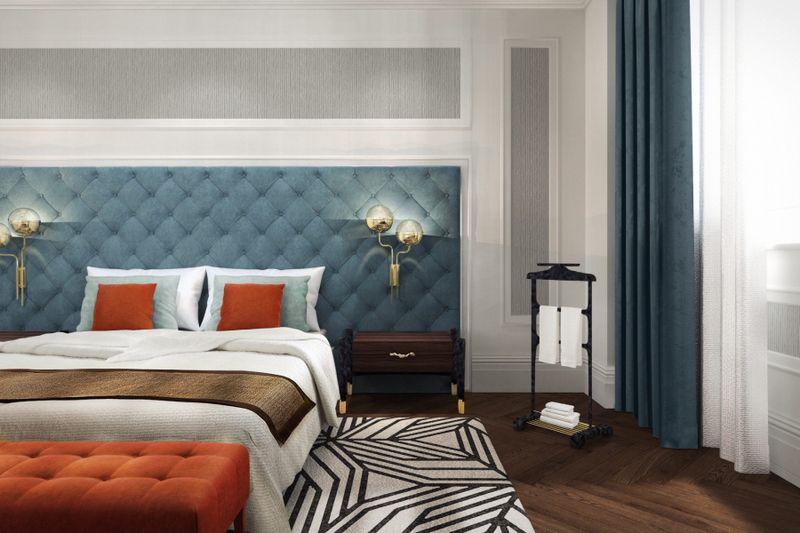
Imagine walking into a bedroom painted electric lime green with zebra-striped wallpaper. Your personal style might love it, but buyers often freeze up when they see bold choices. They struggle to picture their own furniture fitting in.
Neutral colors work magic because they’re like blank canvases. Beige, soft gray, and white let buyers mentally redecorate without lifting a finger. Toning down your wild décor helps them fall in love with the space itself, not just your taste.
2. Clutter And Personal Items
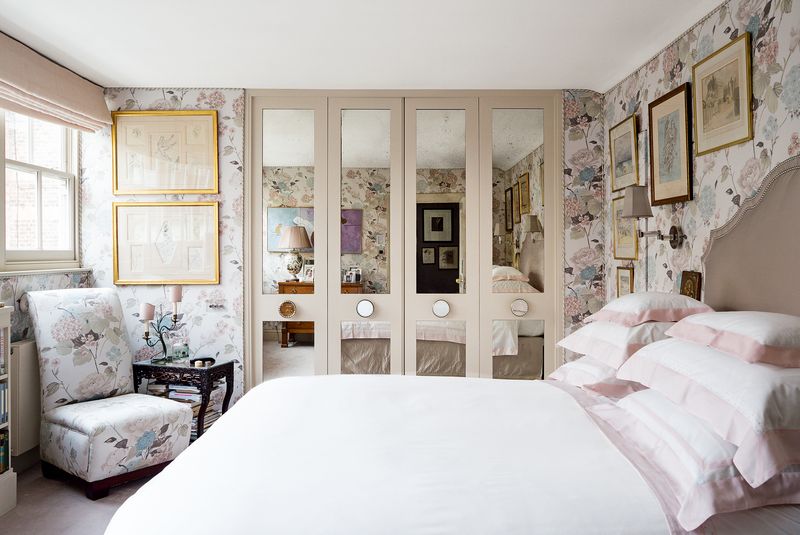
Piles of clothes on the chair and family photos covering every wall make buyers feel like intruders. When your bedroom screams personal space, it’s tough for others to imagine living there. Clutter shrinks rooms visually too.
Clearing out belongings transforms the vibe completely. Pack away those vacation souvenirs and stack those books neatly. A clean, open bedroom lets buyers focus on closet size and window placement instead of your stuff.
3. Lack Of Natural Light
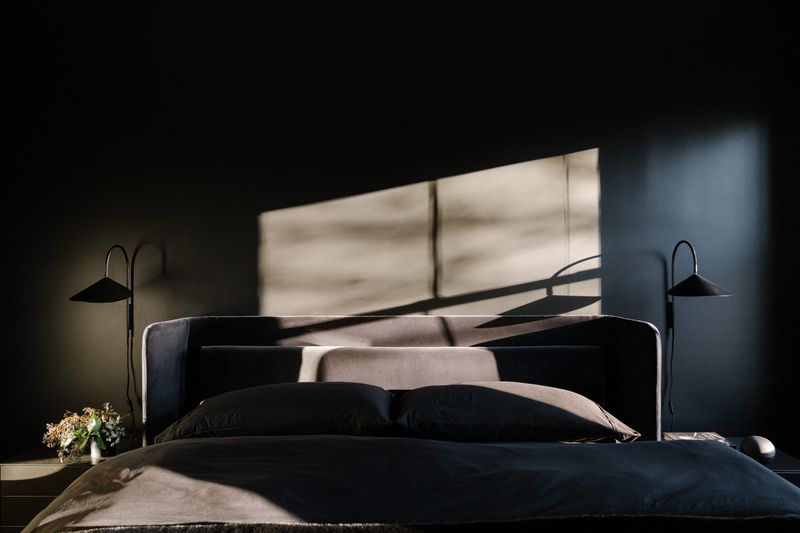
Dark bedrooms feel like caves where you’d hibernate rather than thrive. Natural light makes spaces feel bigger, happier, and more welcoming. Buyers instinctively gravitate toward bright rooms.
Opening those heavy drapes and scrubbing windows until they sparkle works wonders. Light-colored paint reflects sunshine beautifully.
If your bedroom feels gloomy, buyers might skip it entirely, worried they’ll wake up grumpy every morning in that dungeon-like space.
4. Outdated Or Worn Fixtures
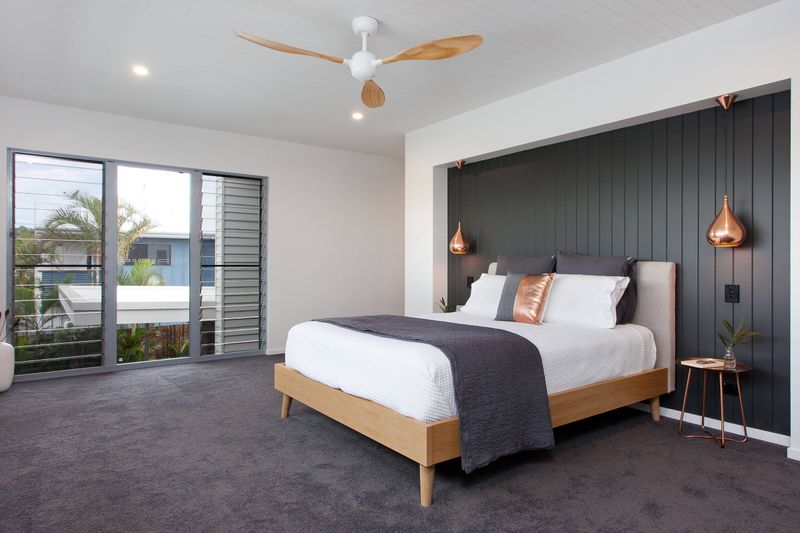
That ceiling fan from 1987 isn’t retro cool—it’s just old. Worn fixtures scream neglect and make buyers wonder what else you haven’t maintained. Cracked switch plates and rusty curtain rods add up fast.
Swapping out dated hardware costs less than you’d think but pays dividends. Modern light fixtures and fresh window treatments suggest the whole house got proper care.
Buyers feel confident they won’t inherit a money pit full of deferred maintenance.
5. Unpleasant Odors
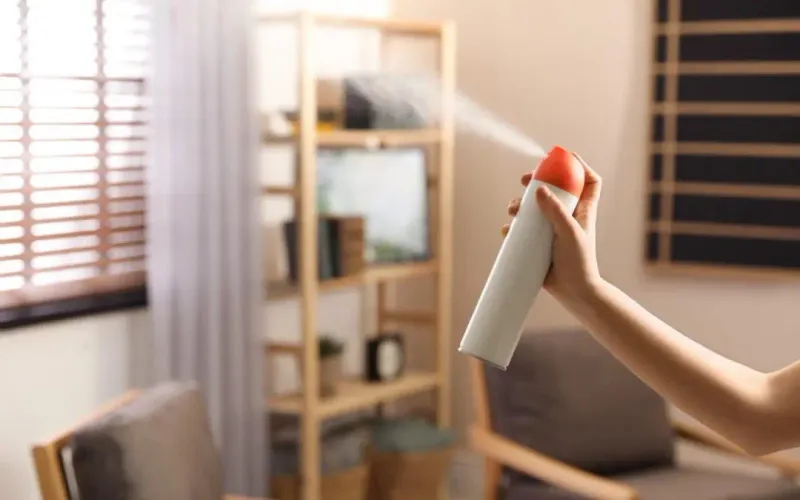
Nothing ruins a sale faster than walking into a bedroom that smells like wet dog or stale smoke. Our noses connect directly to our emotions, and bad smells trigger instant rejection. Buyers won’t even look at the nice closet.
Deep cleaning carpets and washing walls removes embedded odors. Fresh air through open windows helps tremendously. Sometimes you’re nose-blind to your own space, so ask a brutally honest friend to sniff around before showings.
6. Overly Personalized Spaces

Your shrine to vintage comic books might be your pride and joy, but buyers see a project. Highly personalized bedrooms force people to mentally calculate repainting costs and time. That mural of your favorite band becomes a dealbreaker.
Toning down theme rooms helps immensely. Remove posters, paint over murals, and store collectibles. A bedroom should whisper possibilities, not shout about someone else’s obsessions.
Buyers need to dream their dreams, not wrestle with yours.
7. Unusual Layouts Or Awkward Spaces

Bedrooms with weird angles or random alcoves confuse buyers immediately. Where does the bed go when there’s a support beam in the middle? Awkward layouts make people’s brains hurt as they try solving spatial puzzles.
If possible, stage furniture to show one workable arrangement. Use mirrors and lighting to minimize oddities. Sometimes you can’t fix architecture, but demonstrating that a bed actually fits helps buyers relax and see potential instead of problems.
8. Signs Of Damp Or Mold

Spotting black spots on bedroom walls sends buyers running faster than anything else. Mold signals serious problems, leaky roofs, poor ventilation, or foundation issues. Health concerns immediately override any positive features.
Addressing moisture problems before listing is non-negotiable. Fix leaks, improve ventilation, and remediate mold professionally.
Buyers will likely get inspections anyway, so hiding dampness just wastes everyone’s time and torpedoes trust when problems surface later.
9. Lack Of Storage Space

Opening a closet the size of a shoebox makes buyers sigh audibly. Storage ranks incredibly high on wish lists, especially for families. Without adequate space, people imagine their belongings exploding everywhere.
Maximize existing storage by organizing closets beautifully during showings. Remove excess items to make spaces look bigger.
If closets are truly tiny, consider adding a tasteful wardrobe or highlighting nearby storage options to ease concerns about where stuff goes.
10. Uncomfortable Temperature

Walking into a bedroom that feels like a sauna or icebox raises immediate red flags. Temperature problems suggest HVAC system failures or poor insulation.
Buyers start calculating expensive repair costs.
Ensure bedrooms maintain comfortable temperatures during showings. Service heating and cooling systems beforehand.
If one bedroom always runs hot or cold, consider disclosing it upfront with solutions you’ve used, showing you’re honest rather than hiding obvious problems.
11. Carpets With Stains Or Damage

Stained carpets tell stories buyers don’t want to hear. Mystery spots make people imagine the worst, pets, spills, or worse. Worn carpeting looks dingy even when technically clean.
Replacing carpets before selling costs money but returns value quickly. If replacement isn’t feasible, professional deep cleaning helps significantly.
Light-colored carpets show every flaw, so neutral tones hide minor imperfections better. Fresh flooring suggests the whole bedroom got tender loving care.
12. Poor Quality Or Mismatched Paint

Sloppy paint jobs with visible roller marks or patchy coverage look unprofessional. Mismatched touch-ups create a patchwork effect that screams amateur hour. Buyers notice these details faster than you’d think.
Investing in quality paint application pays off beautifully. Consistent sheen and clean edges around trim show pride in ownership.
If you’re not handy with brushes, hiring professionals creates that crisp finish that photographs well and impresses during walkthroughs.
13. Windows That Don’t Open Properly
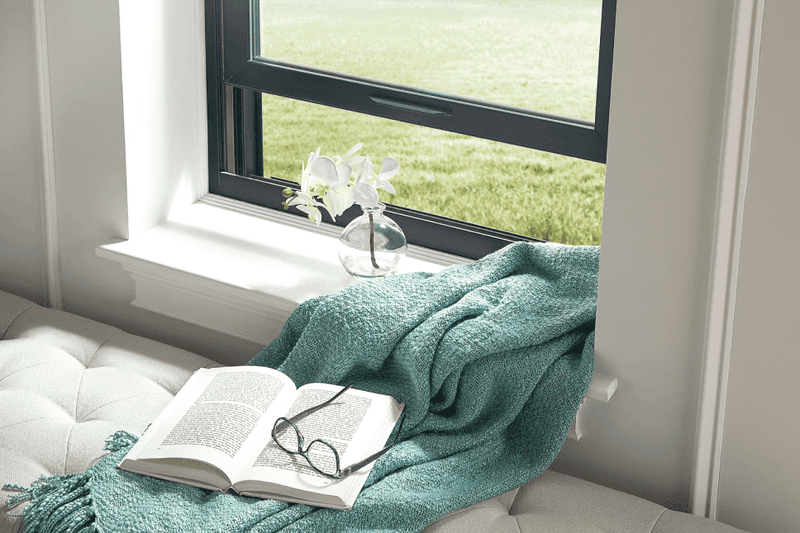
Trying to open a window during showings only to have it stick or refuse entirely embarrasses sellers. Functional windows matter for ventilation, emergency exits, and general livability. Broken mechanisms suggest bigger neglect.
Test every window before listing and fix sticky ones. Sometimes it’s just paint sealing them shut, easily remedied with a utility knife.
Buyers appreciate smooth-operating windows that let in fresh breezes, making bedrooms feel connected to the outdoors.
14. Ceiling Cracks Or Water Stains
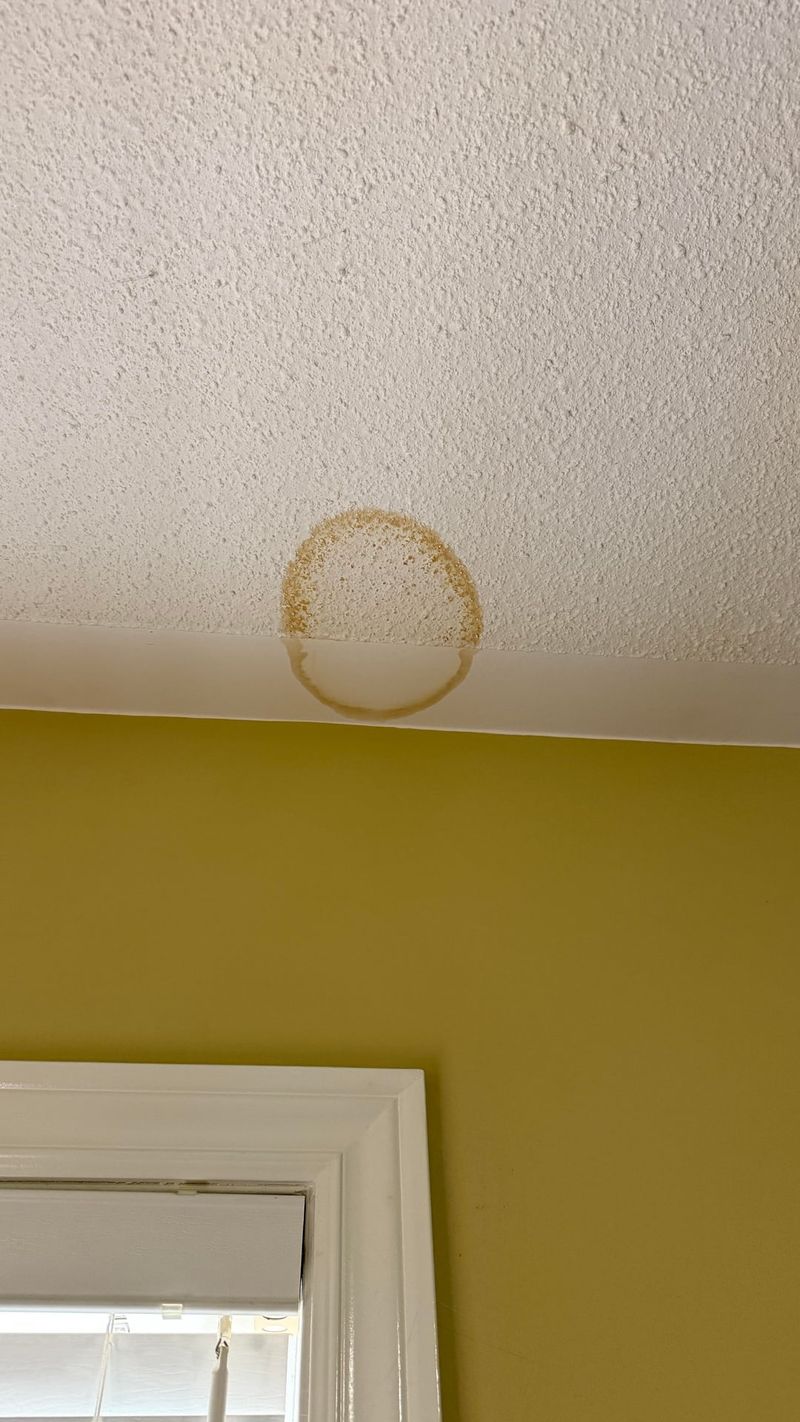
Looking up and seeing brown rings on bedroom ceilings triggers alarm bells. Water stains hint at roof leaks or plumbing disasters from above. Cracks might signal foundation settling or structural problems.
Addressing ceiling issues before listing prevents deal-killing inspection findings. Even if you’ve fixed the leak, stains remain visible. Repainting ceilings erases evidence and provides peace of mind. Buyers sleep better knowing they won’t wake to dripping water someday.
15. Excessive Built-In Furniture
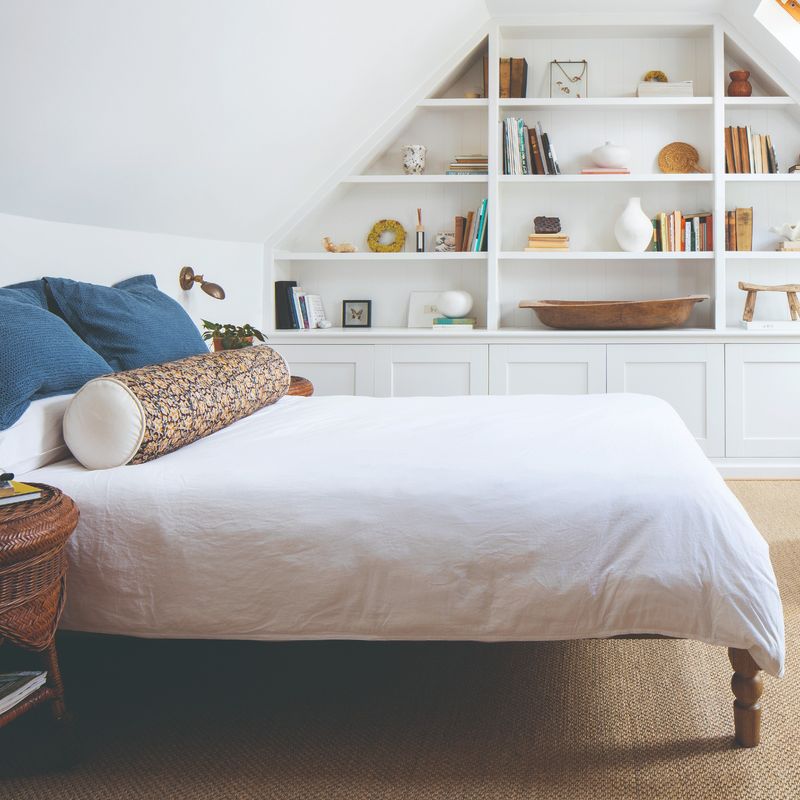
Built-ins from the 1970s looked great back then but now feel dated and inflexible. Buyers want to arrange bedrooms their way, not work around permanent fixtures. Heavy wood units darken rooms too.
Removing outdated built-ins opens up possibilities. If removal isn’t practical, paint them lighter colors to modernize the look. Show how the space works despite limitations.
Sometimes what you loved becomes someone else’s first renovation project, affecting your sale price.
16. Popcorn Ceilings
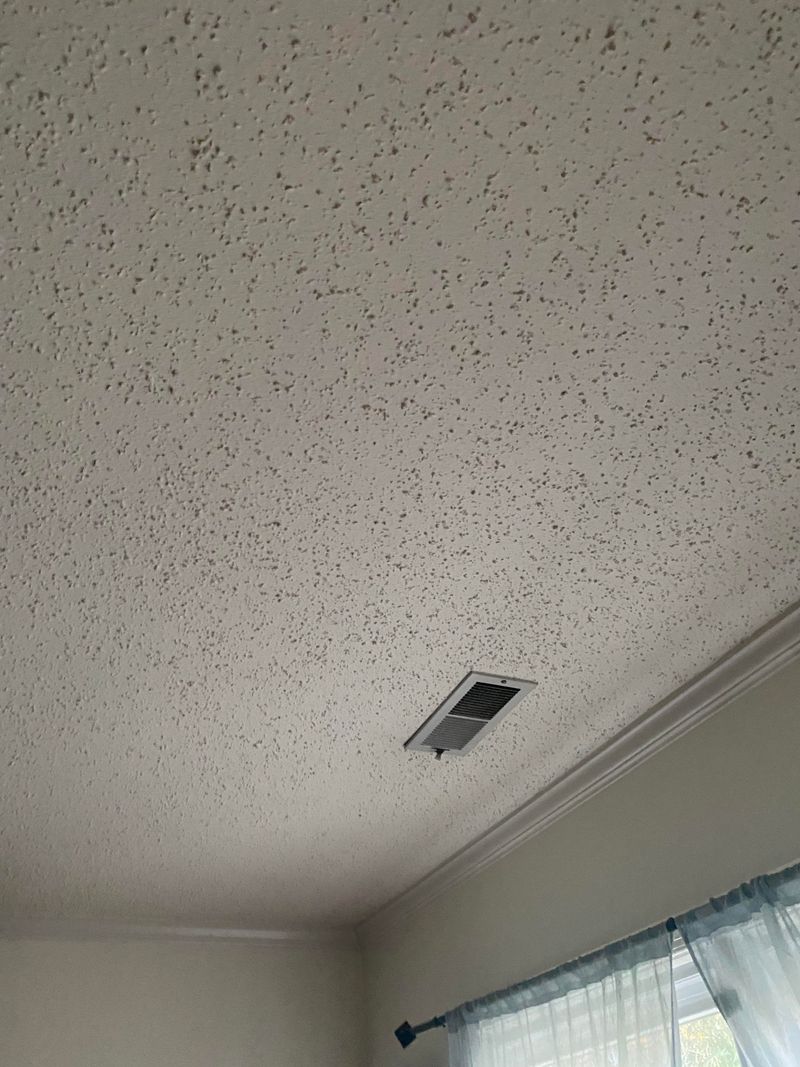
Popcorn ceilings date homes instantly to the 1980s. Beyond aesthetics, they’re dust magnets and potentially contain asbestos in older homes. Buyers often budget removal costs immediately upon seeing them.
Removing popcorn texture modernizes bedrooms dramatically. If your home was built before 1980, test for asbestos first. Smooth ceilings photograph better and appeal to contemporary tastes. This upgrade might seem minor but significantly impacts buyer perception of your home’s condition.
17. Noise From Adjacent Rooms Or Outside
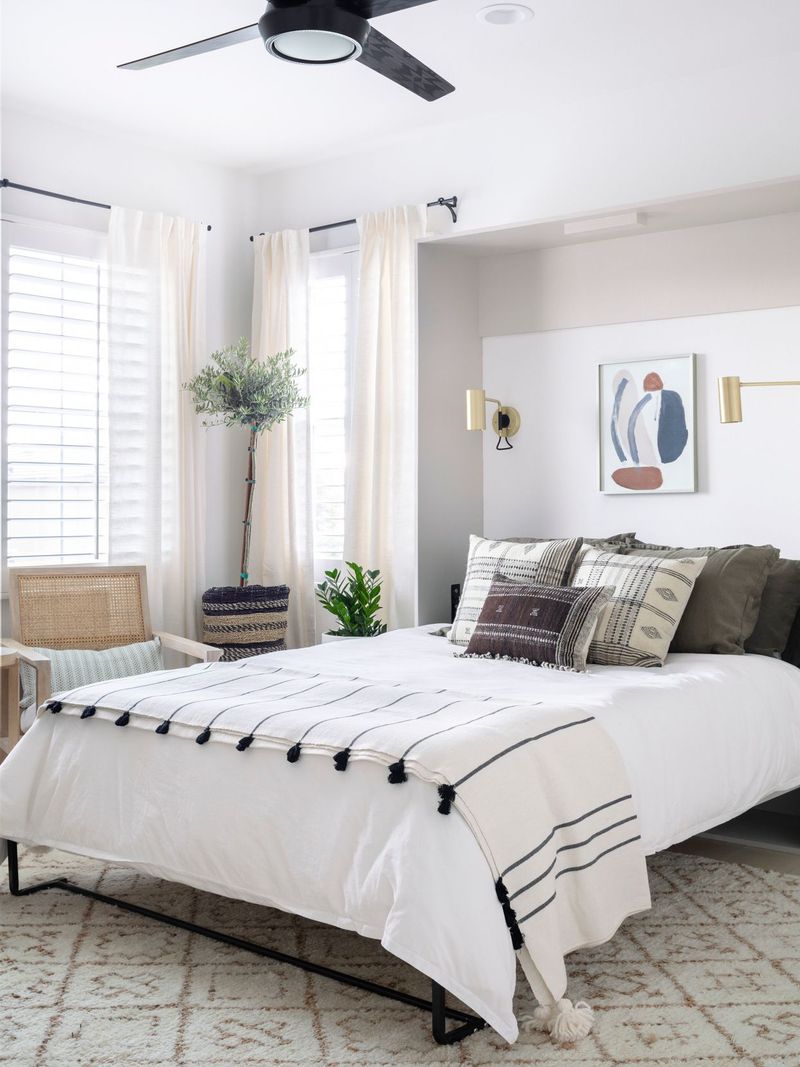
Hearing traffic roar or neighbors’ conversations during showings makes buyers worry about sleep quality. Bedrooms next to noisy kitchens or bathrooms lack the peaceful sanctuary vibe people crave. Sound privacy matters enormously.
Address noise concerns proactively. Mention soundproofing you’ve added or demonstrate how window treatments help. If location near a highway is unavoidable, emphasize other positives.
Sometimes honesty about minor noise, paired with solutions, shows the integrity buyers appreciate.
18. Mirrors On Ceilings Or Walls
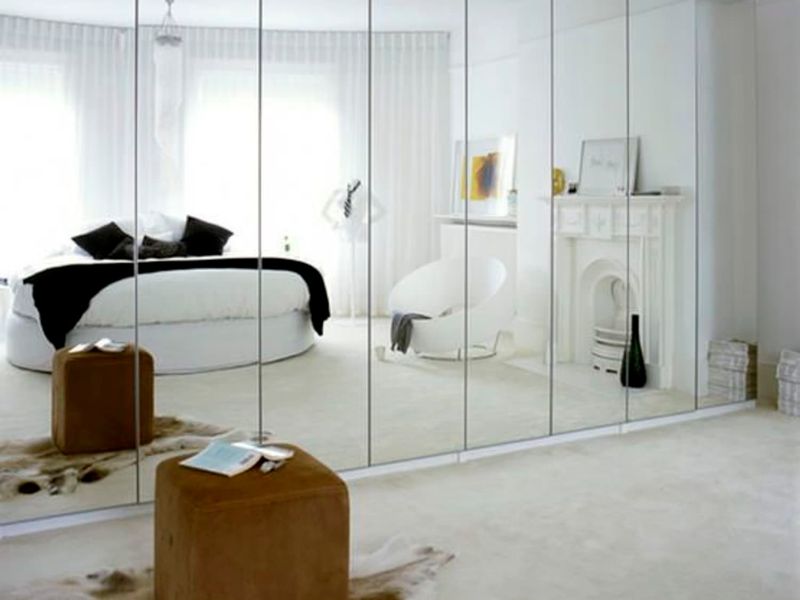
Mirrored ceilings scream specific tastes that most buyers don’t share. Removing ceiling mirrors requires patching and repainting, which buyers immediately add to their mental renovation list. Wall-to-wall mirrors feel equally dated.
Taking down excessive mirrors before listing helps tremendously. If mirrors are glued permanently, consider the cost versus the benefit of professional removal.
Strategic mirrors expand space nicely, but bedroom discos went out decades ago and won’t help your sale.
19. Visible Electrical Or Wiring Issues
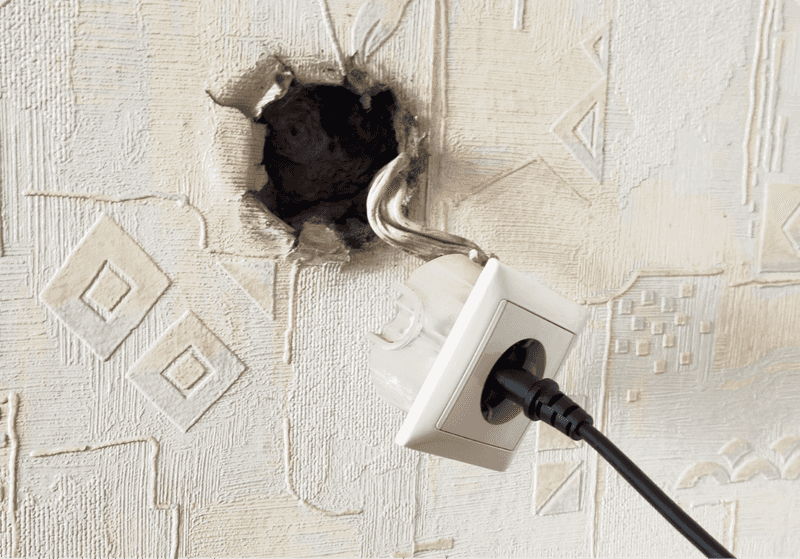
Exposed wires or outlets hanging from walls terrify safety-conscious buyers. Electrical problems suggest the entire system might be outdated or dangerous. Insurance companies sometimes refuse coverage for homes with obvious hazards.
Hire licensed electricians to address visible problems before listing. Modern outlets and properly installed fixtures show the home meets current codes. Buyers feel secure knowing they won’t face electrical fires or expensive rewiring projects immediately after purchase.
20. Low Ceilings That Feel Oppressive
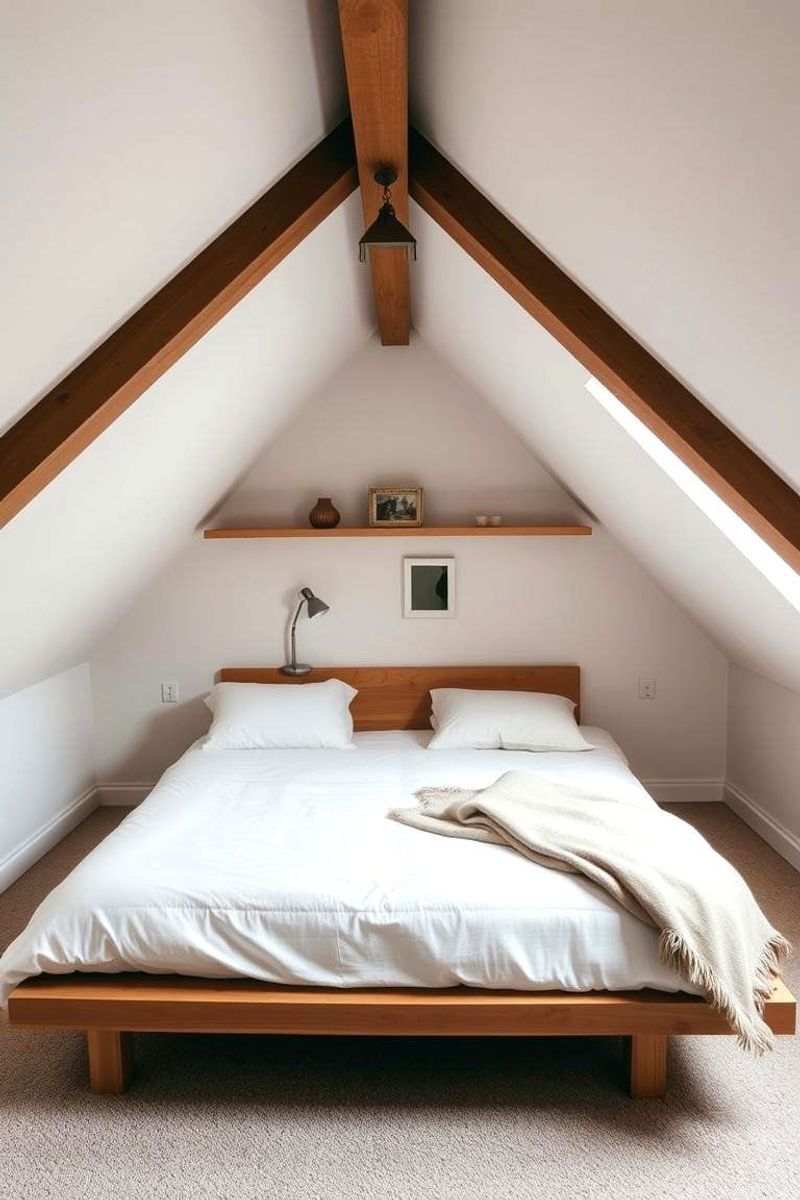
Ducking through doorways or feeling ceiling pressure creates claustrophobic vibes. Low ceilings make bedrooms feel smaller and less comfortable. Tall buyers immediately cross these homes off their lists.
While you can’t raise ceilings easily, strategic design helps. Light colors, vertical stripes, and minimal upper cabinets draw eyes upward. Good lighting prevents cave-like feelings.
Acknowledge the limitation but emphasize cozy charm rather than letting buyers focus on feeling squished.
21. Bedrooms Used As Storage Or Office
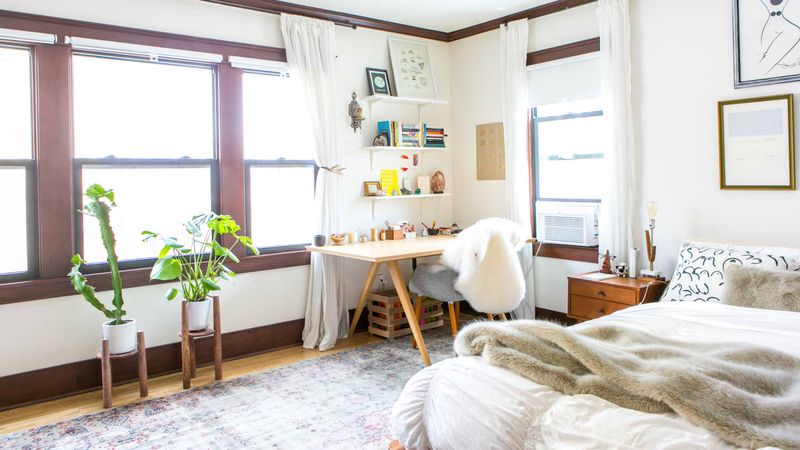
Seeing a bedroom crammed with file cabinets or storage boxes makes buyers discount that room entirely. They calculate one fewer bedroom than advertised, affecting perceived value. Multi-use spaces confuse the narrative.
Stage every bedroom as an actual bedroom during showings. Borrow furniture if needed to create proper sleeping spaces. Buyers need to count bedrooms accurately for their needs.
A properly staged bedroom sells the home’s full potential rather than current makeshift arrangements.
22. Lack Of Privacy From Neighbors
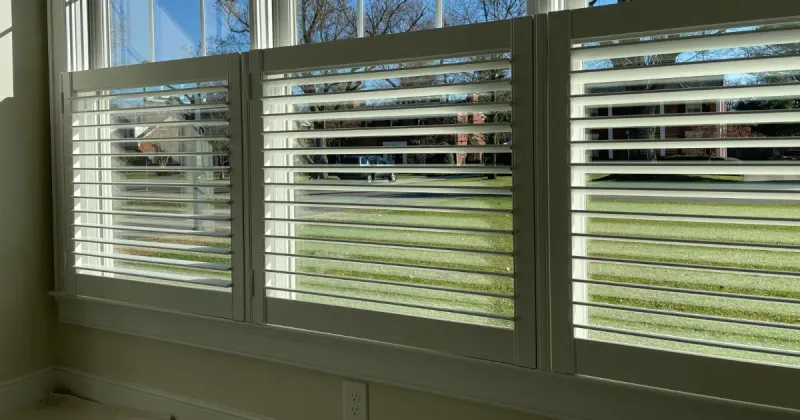
Windows that look directly into neighbors’ bedrooms create awkward privacy concerns. Buyers imagine getting dressed in front of an audience or needing blackout curtains permanently. Privacy ranks high for bedroom comfort.
Install attractive window treatments that provide privacy while allowing light. Frosted film or sheer curtains offer solutions. During showings, mention easy fixes you’ve used.
Sometimes strategic landscaping outside helps too, creating natural barriers that make bedrooms feel more secluded and personal.


